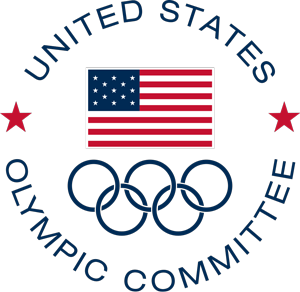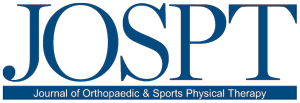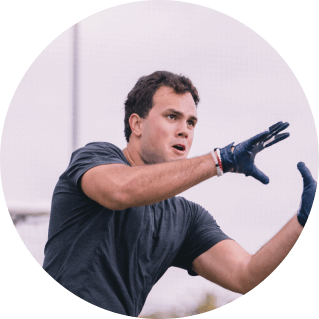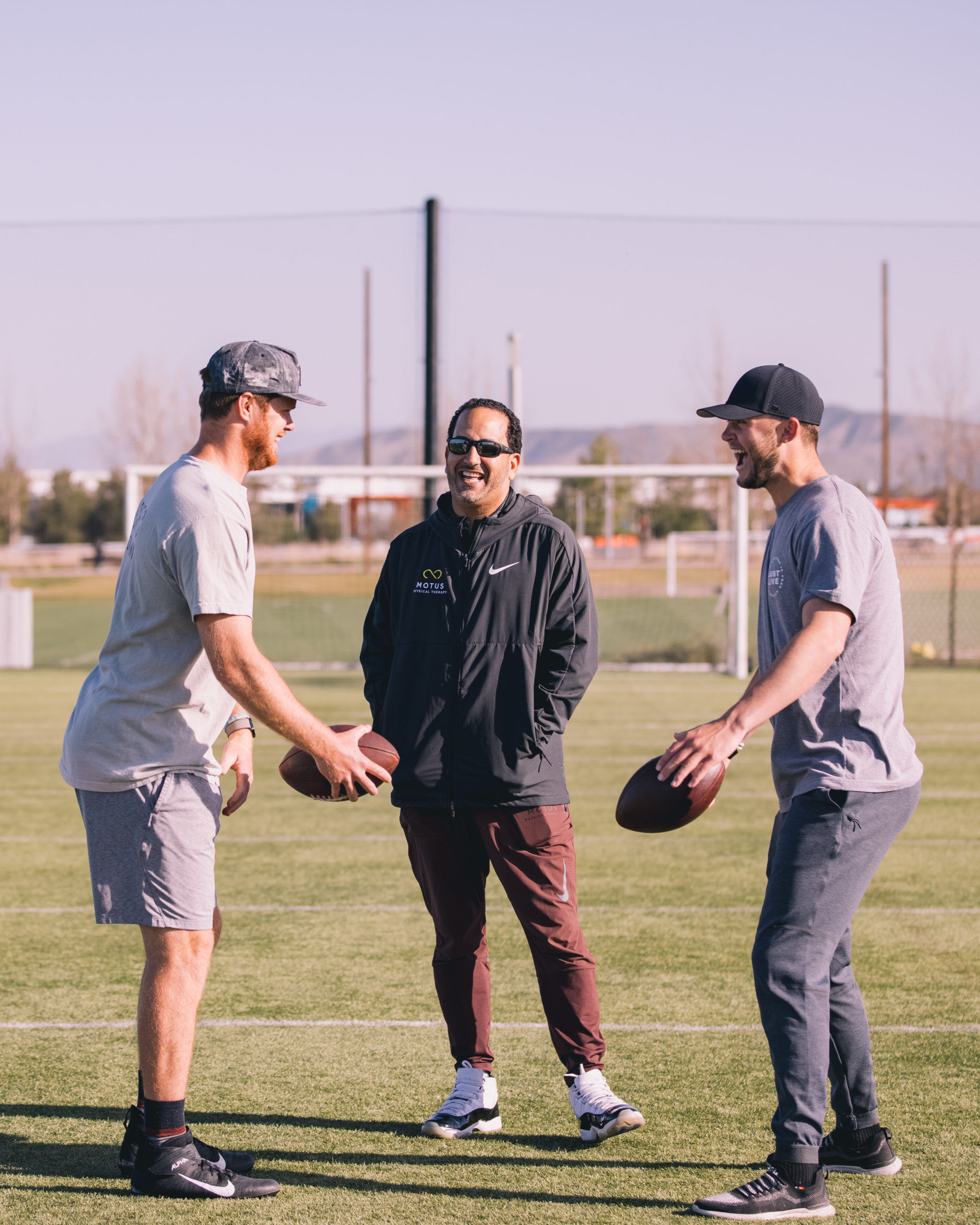One of the most common injuries in sports is an anterior cruciate ligament (ACL) tear. This injury can keep you out of commission for a long time, and it can be very difficult to come back from. In this blog post, we will discuss some ways that you can reduce your risk of injuring your ACL. Follow these tips and you’ll be able to keep your knees safe while playing sports!
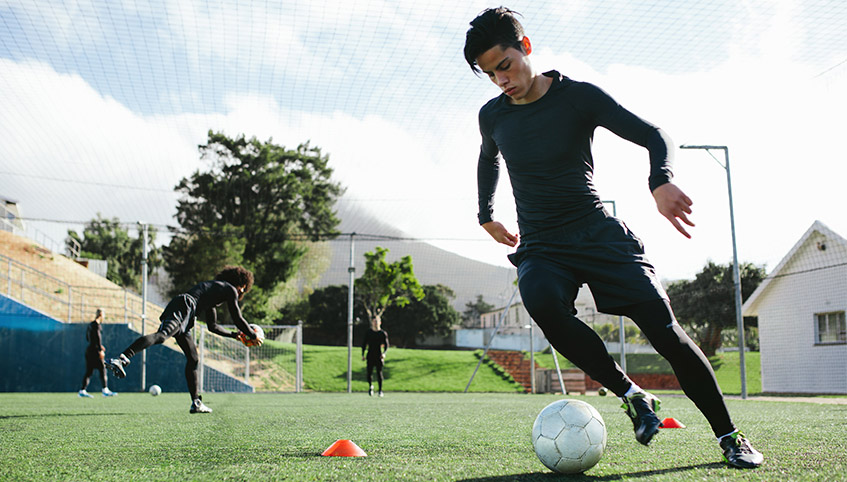
The anterior cruciate ligament is one of the two cruciate ligaments that aids in stabilizing the knee joint. It is the most commonly injured ligament in the knee. The ACL prevents anterior tibial translation (the tibia sliding forward relative to the femur) and prevents the knee from hyperextending. It is also a stabilizer against knee valgus (it prevents the knee from collapsing inwards).
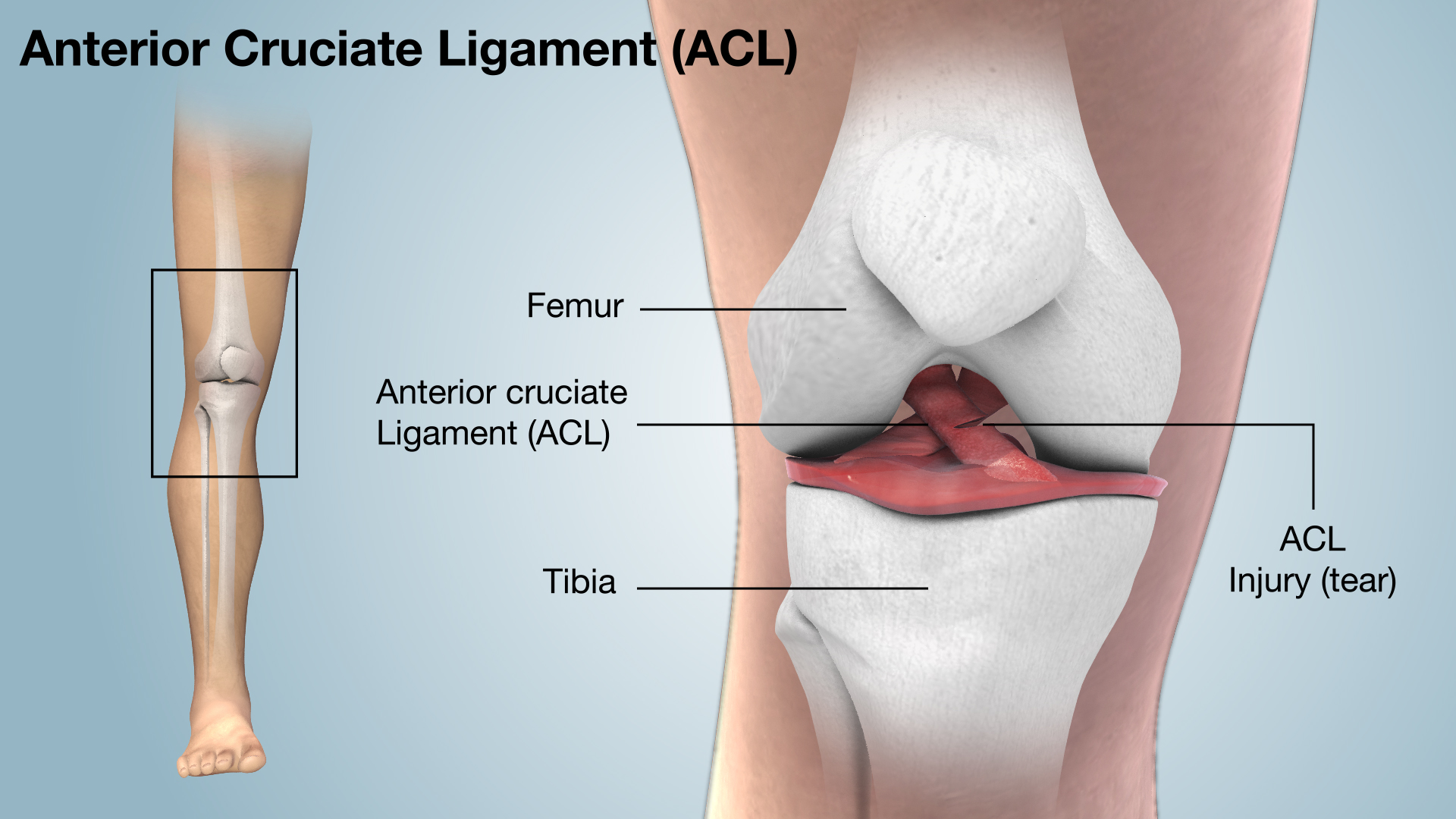
The annual reported incidence in the United States alone is approximately 1 in 3500 people; roughly 250,000 ACL tears occur on an annual basis. More than 70% ACL injuries are triggered when players do not touch another player also referred to as a non-contact ACL injury. The mechanism of injury is often deceleration, cutting, and pivoting activities.
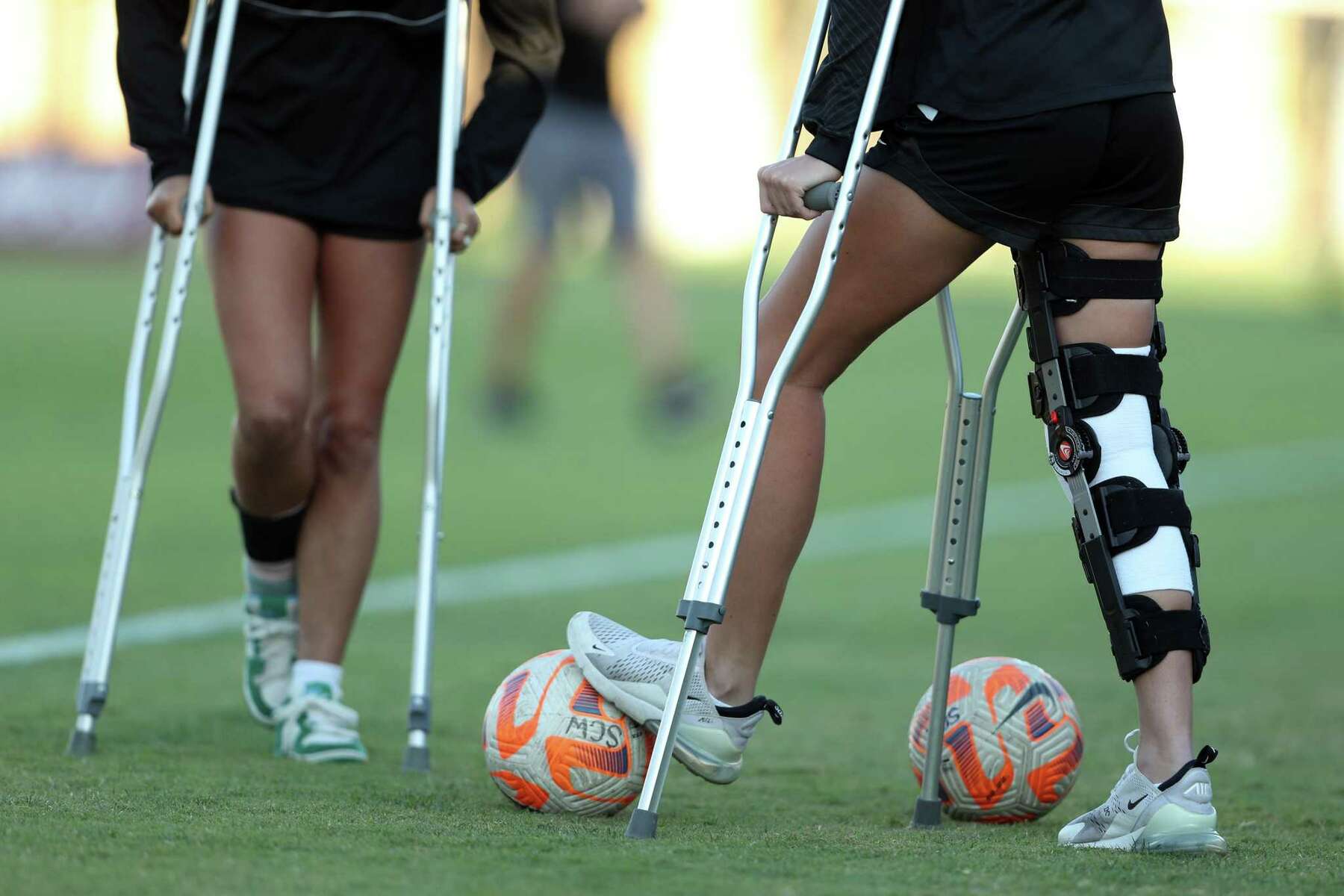
Despite surgical treatment for ACL injury, around 79% of patients develop knee osteoarthritis. The risk for re-injury or arthritis has risen as a major economic burden for athletic teams. Athletic ACL injuries have increased among division I athletes, high school athletes, and youth athletes. 14% of the young athletes who have suffered ACL tears will experience a second ACL injury during their athletic life.

Women tend to have a wider pelvis than men. This causes their knees to track inward more when they land from a jump or make a sharp cut commonly referred to as dynamic knee valgus.
Women tend to have less muscle mass in their legs and buttocks than men. This lack of neuromuscular control of their lower extremity can lead to greater joint stress and instability.
The hormones that are released during menstruation can cause ligaments to be more lax, which makes them more susceptible to injury.
Females have a smaller intercondylar notch, which is a groove that sits in the middle of the two rounded ends of the thigh bone (femur). The ACL passes through this groove, giving the knee stability.
As a result, the female ACL is 30% smaller to accommodate the narrower passage (and for equivalent body mass). The smaller the ACL, the more strain is put on it during twisting motions. This smaller intercondylar notch and ACL size lead to increased instances of ACL tears. Additionally, females tend to land from jumps and cuts with their knees closer together than males, which puts increased stress on the anterior cruciate ligament.
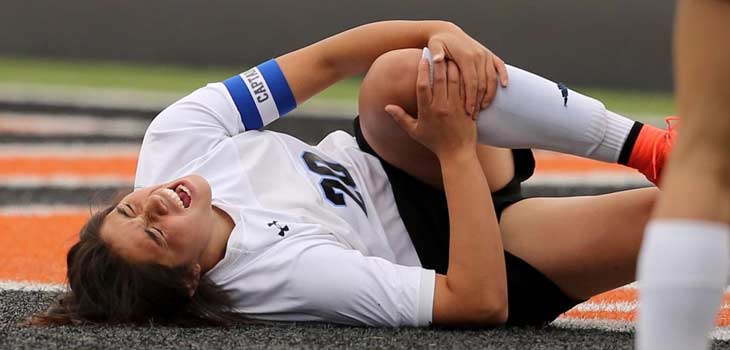
The average cost of an ACL reconstruction surgery alone is about $17,000 in the US. Additional cost accrued with physical therapy rehabilitation costs brings the total to about $35,000. With a high incidence of injury in the United States and the growing costs of medical care to manage an ACL tear, it is important to take steps to reduce the risk of injury, especially in the athletes participating in high-risk sports.
Rethinking the concept of preventing ACL injuries…with all athletic participation there is an inherent risk to the athlete and while there is no guarantee an exercise/stretching program can “prevent” injuries the research suggests there are appropriate programs designed to reduce the risk of ACL injury.
Recently, more and more data has emerged that suggests that performing a dynamic warm-up before practices and games can be effective at reducing the risk of ACL injury.
Therefore, we at MOTUS Specialists Physical Therapy Orange County have proposed some foundational concepts of a warm-up that prepares the body to activate and move in a way that protects the ACL.
While mobility is an important aspect of ACL injury prevention, it is important to consider how that mobility is gained during warm-up. Static stretching is performed by taking a limb or joint to its end-range and staying there for 30-60 seconds. Static stretching has been shown to increase the amount of anterior tibial translation available at the knee, and such laxity has been shown to be a risk factor for ACL injuries. Additionally, static stretching actually seems to decrease athletic performance, likely as a result of the inhibitory effect it has on muscle activity.
In contrast, dynamic stretching, or active movements that take an athlete through his/ her full range of motion, has been shown to increase performance. Furthermore, dynamic stretching is favorable because it allows an athlete to practice actively moving through his/ her full range of motion. Therefore, dynamic stretching should be favored over static stretching for pre-activity exercises.
Mobility in certain joints are especially important to reduce risk factors for an ACL injury. Specifically, decreased range of motion at the ankle and hip joint can necessitate more motion at the knee, resulting in increased ACL strain. Decreased ankle dorsiflexion (toes/ foot pointing up) and hip external rotation (toes pointing out) can lead to increased knee valgus, a position that directly strains the ACL. Additionally, athletes with decreased hip internal rotation (toes pointing in) have been found to have an increased risk of ACL tears. Therefore, active movements into ankle dorsiflexion and hip internal/ external rotation are important components of an effective warm-up.
Specifically, training a “hip strategy” with lunging, jumping, and landing is an effective way to reduce strain through the ACL. A hip strategy refers to increased hip flexion/ forward trunk lean during loading and landing tasks. By leaning forward and increasing hip flexion you tension and stretch the hamstring muscles, which prevents anterior tibial translation and reduces load through the ACL. Additionally, you put the gluteal muscles in a better position to create an adequate force to stabilize and support the hip and knee. It has also been shown that increased knee and hip flexion (bending) with landing tasks put an athlete at a decreased risk for ACL injury.
It is important that this is controlled hip and knee flexion, as increased quadriceps stiffness during landing has been shown to decrease strain on the ACL. By increasing the depth of controlled hip and knee movement, you put more demand on the active structures (muscles) and less on the passive structures (ligaments, like the ACL). The landing techniques and agility drills included in the neuromuscular training program is the best way for professional athletes and high school athletes alike can prevent injury during sports activities.
Lastly, it is important to perform some light muscle activation exercises that will prime key muscles to activate during athletic activity. It is important to dose this appropriately, as you do not want to fatigue the muscles heading into a game or practice.
Additionally, it has been demonstrated that the ability of the gluteus maximus to produce force quickly or generate power, is an important protector against valgus knee movements that predispose the ACL to injury. Therefore, exercises that strengthen the hamstrings and gluteus maximus outside of the ACL injury prevention program should be coupled with a relatively small volume of activation exercises in the pre-game activities to facilitate ideal muscle activation patterns. These activation exercises include single-leg movements which enhance core stability while improving balance.
Mobility: ankle dorsiflexion, hip internal and external rotation
Movement patterns: controlled knee and hip flexion with landing, hip strategy
Muscular strength: hamstring strength, gluteus maximus power
A well-designed warm-up routine that includes mobility, movement pattern, and muscular activation exercises can help reduce your risk of ACL injury. This type of routine should be performed before every practice or game to help keep your knees safe. Talk to your physical therapist about what specific exercises would be best for you. They can help design a program that meets your needs and helps you reduce your risk of ACL injury.
-
Acevedo, R. J., Rivera-Vega, A., Miranda, G., & Micheo, W. (2014). Anterior Cruciate Ligament Injury. Current Sports Medicine Reports,13(3), 186-191. doi:10.1249/jsr.0000000000000053
-
Behm, D. G., Blazevich, A. J., Kay, A. D., & Mchugh, M. (2016). Acute effects of muscle stretching on physical performance, range of motion, and injury incidence in healthy active individuals: A systematic review. Applied Physiology, Nutrition, and Metabolism,41(1), 1-11. doi:10.1139/apnm-2015-0235
-
Barengo, N., Meneses-Echávez, J., Ramírez-Vélez, R., Cohen, D., Tovar, G., & Bautista, J. (2014). The Impact of the FIFA 11 Training Program on Injury Prevention in Football Players: A Systematic Review. International Journal of Environmental Research and Public Health,11(11), 11986-12000. doi:10.3390/ijerph111111986
-
Baumgart, C., Gokeler, A., Donath, L., Hoppe, M. W., & Freiwald, J. (2015). Effects of Static Stretching and Playing Soccer on Knee Laxity. Clinical Journal of Sport Medicine,1. doi:10.1097/jsm.0000000000000174
-
Boutris, N., Byrne, R. A., Delgado, D. A., Hewett, T. E., Mcculloch, P. C., Lintner, D. M., & Harris, J. D. (2018). Is There an Association Between Noncontact Anterior Cruciate Ligament Injuries and Decreased Hip Internal Rotation or Radiographic Femoroacetabular Impingement? A Systematic Review. Arthroscopy: The Journal of Arthroscopic & Related Surgery,34(3), 943-950. doi:10.1016/j.arthro.2017.08.302
-
Cronin, B., Johnson, S. T., Chang, E., Pollard, C. D., & Norcross, M. F. (2016). Greater Hip Extension but Not Hip Abduction Explosive Strength Is Associated With Lesser Hip Adduction and Knee Valgus Motion During a Single-Leg Jump-Cut. Orthopaedic Journal of Sports Medicine,4(4), 232596711663957. doi:10.1177/2325967116639578
-
Dallinga, J. M., Benjaminse, A., & Lemmink, K. A. (2012). Which Screening Tools Can Predict Injury to the Lower Extremities in Team Sports? Sports Medicine,42(9), 791-815. doi:10.2165/11632730-000000000-00000
Homan, K. J., Norcross, M. F., Goerger, B. M., Prentice, W. E., & Blackburn, J. (2013). The influence of hip strength on gluteal activity and lower extremity kinematics. Journal of Electromyography and Kinesiology,23(2), 411-415. doi:10.1016/j.jelekin.2012.11.009
-
Lipps, D. B., Oh, Y. K., Ashton-Miller, J. A., & Wojtys, E. M. (2013). Effect of increased quadriceps tensile stiffness on peak anterior cruciate ligament strain during a simulated pivot landing. Journal of Orthopaedic Research,32(3), 423-430. doi:10.1002/jor.22531
-
Myer, G. D., Ford, K. R., Foss, K. D., Liu, C., Nick, T. G., & Hewett, T. E. (2009). The Relationship of Hamstrings and Quadriceps Strength to Anterior Cruciate Ligament Injury in Female Athletes. Clinical Journal of Sport Medicine,19(1), 3-8. doi:10.1097/jsm.0b013e318190bddb Michaelidis, M., & Koumantakis, G. A. (2014). Effects of knee injury primary prevention programs on anterior cruciate ligament injury rates in female athletes in different sports: A systematic review. Physical Therapy in Sport,15(3), 200-210. doi:10.1016/j.ptsp.2013.12.002
Pollard, C. D., Sigward, S. M., & Powers, C. M. (2010). Limited hip and knee flexion during landing is associated with increased frontal plane knee motion and moments. Clinical Biomechanics,25(2), 142-146. doi:10.1016/j.clinbiomech.2009.10.005
-
Sigward, S. M., Ota, S., & Powers, C. M. (2008). Predictors of Frontal Plane Knee Excursion During a Drop Land in Young Female Soccer Players. Journal of Orthopaedic & Sports Physical Therapy,38(11), 661-667. doi:10.2519/jospt.2008.2695
-
Withrow, T. J., Huston, L. J., Wojtys, E. M., & Ashton-Miller, J. A. (2008). Effect of Varying Hamstring Tension on Anterior Cruciate Ligament Strain During in Vitro Impulsive Knee Flexion and Compression Loading. The Journal of Bone and Joint Surgery-American Volume,90(4), 815-823. doi:10.2106/jbjs.f.01352





